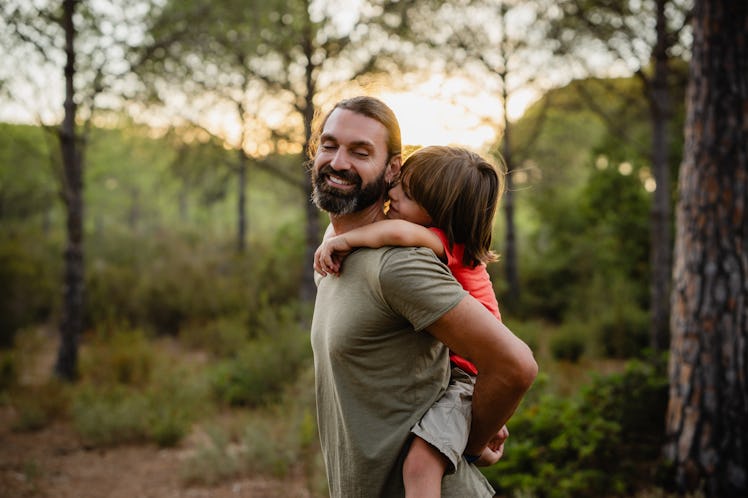This Research-Backed Way To Raise Stronger, Healthier Kids Is All About Fun
Healthy bodies are made of healthy bones.

As we age, our bones lose density, becoming more porous and prone to fractures over time. And we know that getting enough calcium and staying active can help stave off those losses and keep our bones healthy and strong for longer. But a pair of new studies highlight the importance of building bone strength early on in childhood — and the surprising correlation between bone density and access to green spaces.
Researchers in the Netherlands and Belgium followed 327 mother-child pairs, from birth for four to six years. Data was collected on demographics, lifestyle, diet, location, screen time, and socioeconomic factors. The study found that children who lived near green spaces (within a kilometer), including both open spaces and spaces with trees, had higher bone density than children who did not live near green spaces. The research team hypothesized that nearby green space increases the likelihood of physical activity like walking, jogging, skipping, or running — in other words, physical play.
“[T]his study highlights the urgent need to raise awareness among policy makers on the importance of conserving and expanding residential green spaces to maximize bone mineral density during crucial periods of growth and development,” the authors wrote. “The promotion of such preventive strategies might decrease fracture and/or osteoporosis risk later in life.”
The importance of outside play and access to green spaces in childhood is well established — a 2021 study that followed more than 27,000 kids in Vancouver found that kids who lived in greener areas tended to score higher on physical health and well-being, social competence, emotional maturity, language and cognitive development, and communication skills. However, the new research emphasizes something different: the importance of physical play for bone health in both young kids and adolescents.
In the other study, researchers at Juntendo University in Japan found that participation in youth sports was linked to a delay in the onset of osteoporosis later in life. The researchers examined data collected from 1,596 people between the ages of 65 and 84. They examined general fitness, density of the femoral neck and lumbar spine (two regions prone to fractures in older adults), and certain blood values related to bone density. Participants were also asked to report their participation in sports during their youth.
They found that women and men who reported playing basketball in adolescence had higher femoral neck bone density. Women who reported swimming or playing volleyball as teens had higher lumbar spine bone density. The team concluded that those who participated in “high impact” activities, even casually and not necessarily as part of an organized team, were more likely to have healthier bones when they aged.
Adults can slow bone loss by putting “stress on bones [to] stimulate extra deposits of calcium and nudge bone-forming cells into action,” in the words a Harvard study from 2021 — for parents, that means engaging in weight-bearing physical activity, such as power lifting and higher-impact aerobic exercise.
For kids, however, it’s all about physical play. Parents can set their kids up for healthier bones just by ensuring that they get outside and have fun, whether it’s the unstructured outdoor play of young kids or the organized athletic pursuits of older kids.
This article was originally published on